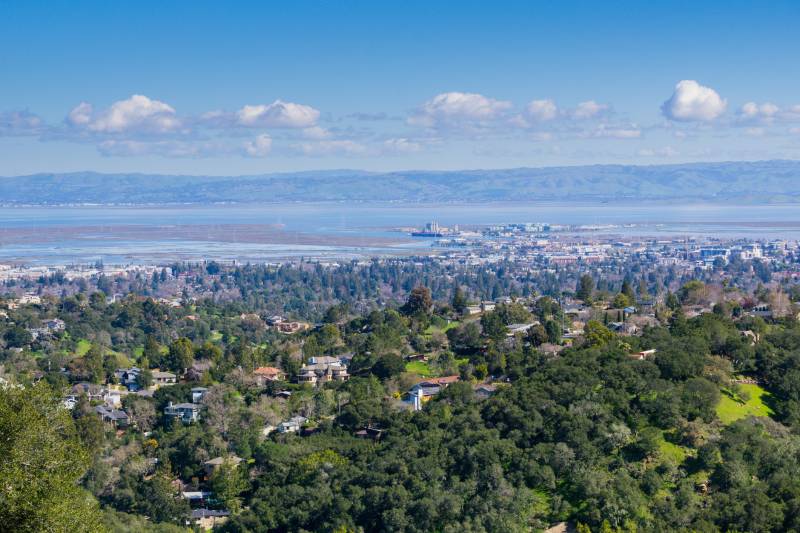In a coordinated effort, tenants in four Bay Area cities have submitted the initial filings to place local rent control and tenant protection measures on the November 2024 ballot.
The measures that could come before voters in Larkspur, Pittsburg, San Pablo and Redwood City would limit annual rent increases (5% or 3%, depending on the city), prohibit “renovictions,” and limit owner move-in evictions, among other protections. Advocates have also proposed a similar ballot initiative in the Kern County city of Delano.
Trinidad Villagomez, a 22-year resident of Redwood City, said the proposed city ordinances would help stabilize renters amid continually rising housing prices. The average rent for a 1-bedroom apartment in Redwood City is $2,500, according to Zillow, and ranges from more than $2,800 per month in Larkspur to nearly $1,700 in San Pablo.
“This law will help stabilize families, particularly low-income families,” Villagomez said.
But Joshua Howard, the executive vice president of local public affairs for the California Apartment Association, blasted the efforts as “the same failed policies from overzealous actors seeking to undermine our state’s housing laws.”

